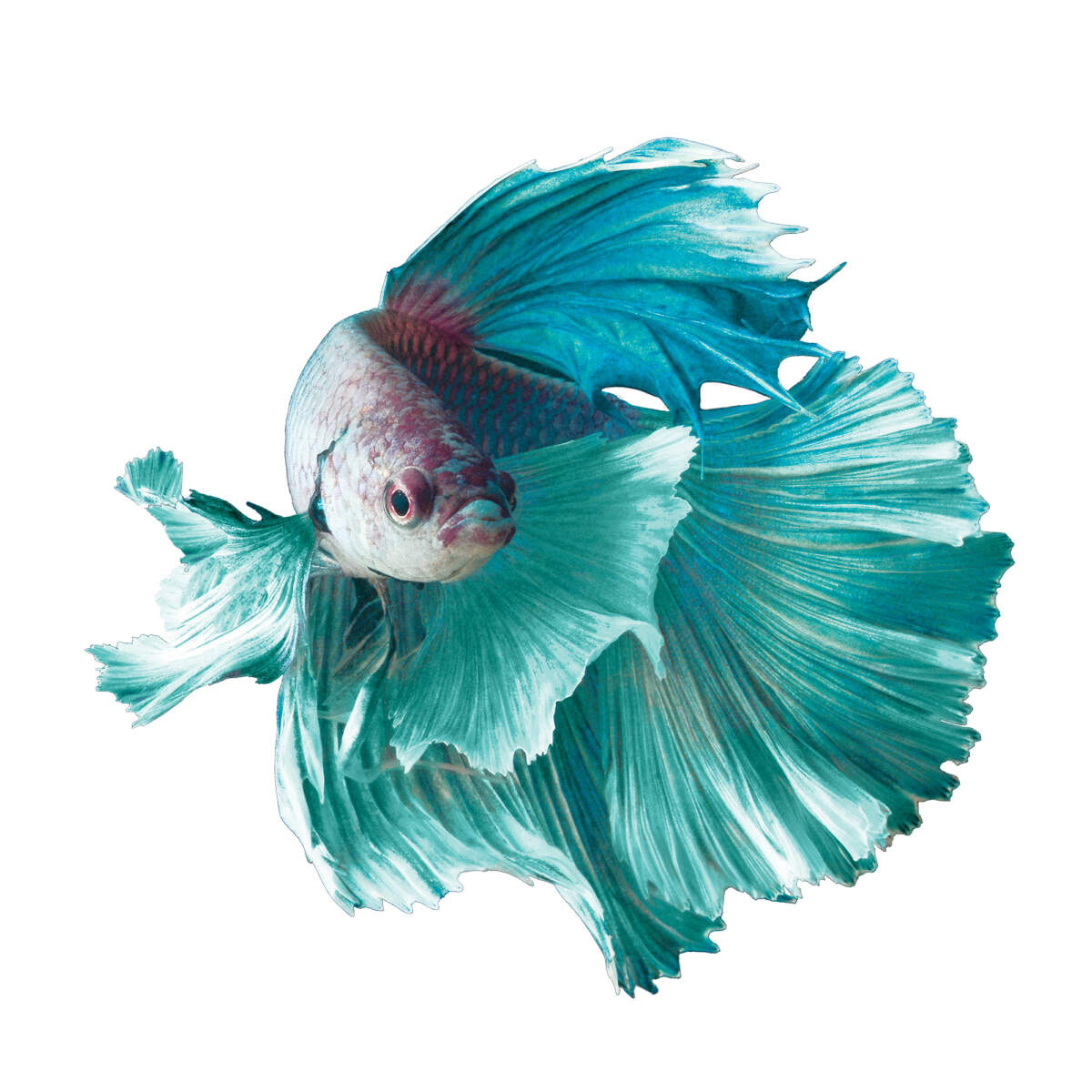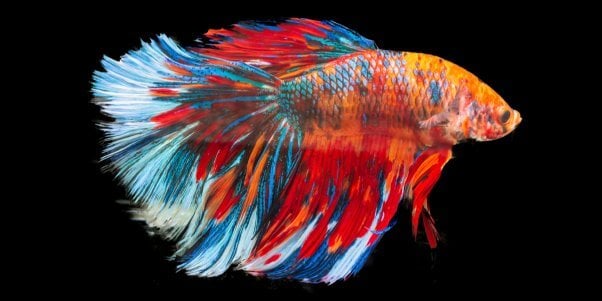The Ultimate Betta Fish Treatment Guide for New Family Pet Owners
The Ultimate Betta Fish Treatment Guide for New Family Pet Owners
Blog Article
Reproducing Betta Fish: a Comprehensive Step-By-Step Overview to Efficiently Raising Baby Bettas From Eggs to Adulthood
Breeding Betta fish is a thorough endeavor that calls for mindful planning and implementation to make sure the successful advancement of fry from eggs to mature fish. Choosing genetically varied reproduction couple with desirable characteristics is just the start; creating an optimal setting and recognizing the details of the reproducing process are just as crucial. As the male Betta vigilantly constructs a bubble nest and guards the priceless eggs, the subsequent stages of care and change need interest to information and expertise of ideal practices. Exactly how does one navigate the tough yet gratifying path of nurturing these lively creatures to their adult years?

Selecting Breeding Pairs
When beginning on the trip of breeding Betta fish, picking the appropriate breeding sets is essential to attaining desirable attributes and a healthy and balanced family tree - betta fish. The initial step in this procedure is to recognize the certain traits you desire to improve or protect, such as color, fin kind, and physique. It is vital to pick genetically diverse pairs to prevent inbreeding, which can result in health and wellness issues and undesirable attributes
Examine potential reproducing candidates very carefully. A healthy and balanced male Betta should show vivid shades, an energetic attitude, and well-formed fins, while the woman ought to additionally show lively coloration and a rounded belly, indicating preparedness for spawning. Observing the temperament of both fish is vital, as aggressive or excessively reluctant people may not reproduce effectively.
Documents of lineage is similarly vital. Maintaining documents of the parent fish's origins can assist you track hereditary attributes and prospective concerns. Furthermore, speak with reliable breeders or on the internet sources for support on picking suitable sets. Eventually, investing time in the option procedure will significantly enhance the likelihood of generating solid, vivid spawn that fulfill your reproduction goals (betta fish).

Preparing the Reproduction Container
Developing an ideal breeding environment is a key step after picking appropriate pairs for Betta fish. The breeding storage tank should be specifically created to provide convenience and stimulate the natural reproduction habits of the fish. Start with a container dimension of at the very least 10 gallons to make certain sufficient area for both the male and women Bettas.
Maintain a gentle filtering system to maintain the water clean while preventing strong currents that can emphasize the fish. Additionally, an air stone can be contributed to supply oxygenation without interrupting the water surface excessive.
Temperature level regulation is vital; purpose for a stable variety of 78-82 ° F(25-28 ° C) using a reliable heating system. The pH level need to be maintained in between 6.5 and 7.5, and routine water modifications are required to make certain high water quality.
Incorporate floating plants or spawning sponges to produce concealing spots for the lady, while additionally urging bubble nest building by the man - betta fish. Finally, make sure the tank is without sharp decorations and any type of potential risks, as the welfare of the fish must constantly be prioritized navigate to this website during this critical phase of breeding.
The Reproduction Process
Usually, the breeding process for Betta fish involves a series of distinctive and evident habits that suggest preparedness for recreation. The male Betta starts by constructing a bubble nest at the water's surface area, which acts as a website for the fed eggs. This nest is vital, as it offers a secure environment for the eggs till they hatch out.
When the nest is established, the man will show courtship habits, such as flaring his fins and showing vibrant shades to bring in the woman. The female, upon picking up the man's readiness, will certainly respond by showing vertical red stripes along her body, signifying her receptiveness.
When the women methods, the male takes part in a mating dance, commonly resulting in an embrace called the "spawning." During this embrace, the female releases her eggs, which the male feeds right away. The fed eggs after that drop to the bubble nest, where the male very carefully gathers and returns them to the nest. Following this, the male presumes duty for protecting the nest and ensuring the safety of the eggs up until they hatch out, typically within 24-36 hours. This phase is critical in the reproducing process, laying the structure for effective fry growth.
Caring for Betta Fry
Looking after Betta fry needs careful interest to their environment and nourishment to ensure healthy growth and growth. After hatching, Betta fry are very small and prone, demanding a steady and tidy habitat. Keeping a water temperature between 78 ° F and 80 ° F is critical, as Betta fry flourish in cozy problems. Additionally, make sure that the water is devoid of unsafe contaminants; normal water modifications of 10-20% are advised to maintain optimum water top quality.
Feeding Betta fry Learn More is similarly important. Feed them tiny quantities a number of times a day, being careful not to overfeed, which can lead to water high quality problems.
Transitioning to Grownup Bettas
As Betta fry fully grown, transitioning them to grown-up Bettas is an important phase that needs careful administration of their environment and social interactions. This procedure generally starts when the fry get to around six weeks old, whereupon they can be progressively presented to a much more structured living setting.
To facilitate this shift, it is essential to guarantee that the water criteria-- such as temperature, pH, and ammonia levels-- are optimal and stable. Grown-up Betta fish thrive you could try here in warm water (around 78-80 ° F) with a pH of 6.5 to 7.5. Progressively acclimate the fry to these problems to minimize stress and anxiety.
Social interactions are an additional key factor; man Bettas are infamously territorial and aggressive. It is suggested to separate men right into individual storage tanks as they grow. Female Bettas can be housed together, yet treatment ought to be required to check for signs of hostility.
In addition, dietary changes ought to be made as the fry grow. Include top quality pellets and live foods to support their development and wellness. By managing these elements successfully, you can advertise an effective change to adulthood for your Betta fish.

Verdict
Effective breeding of Betta fish calls for cautious focus to information throughout the entire procedure, from picking genetically varied pairs to giving ideal treatment for fry. In addition, a well balanced diet plan and steady adaptation to grown-up atmospheres are crucial for the development and growth of Betta fish.
Report this page